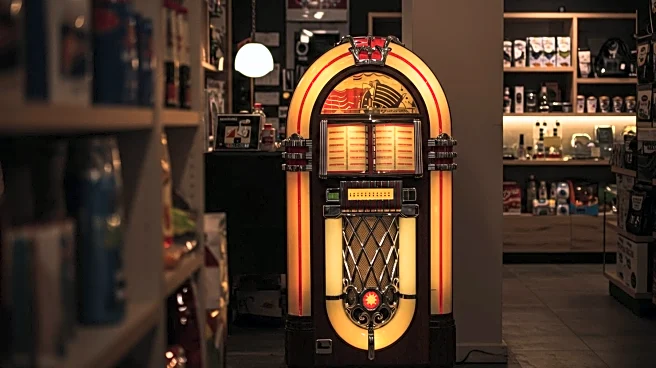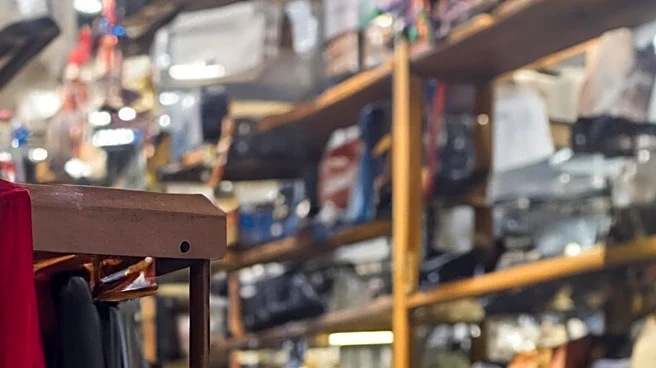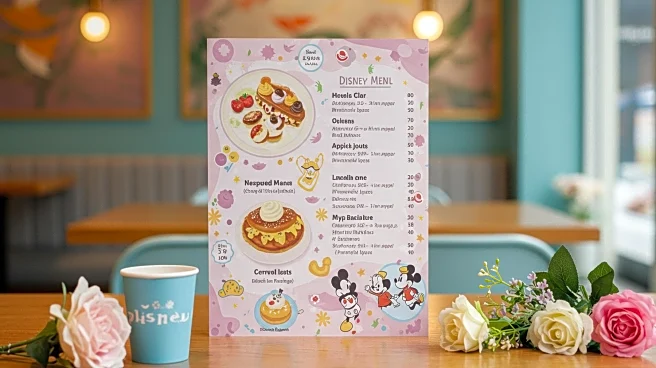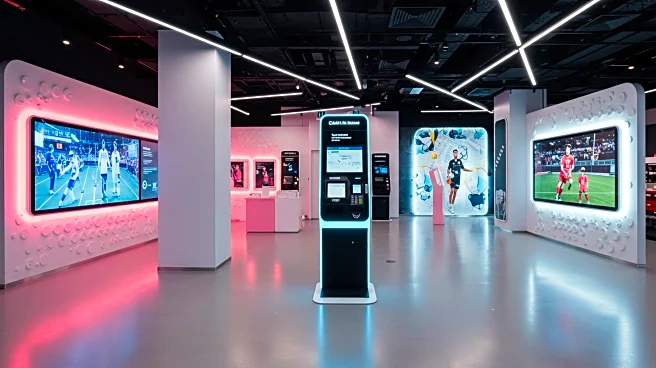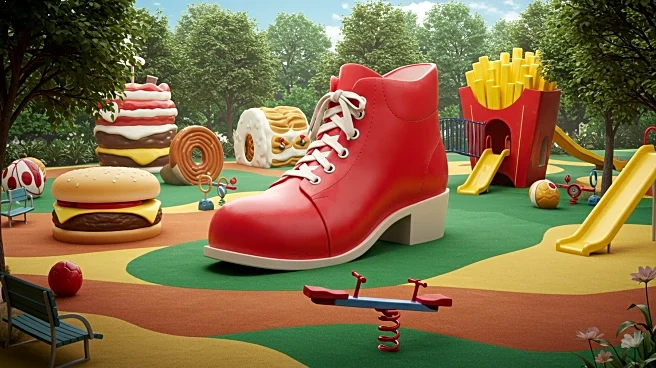What is the story about?
What's Happening?
The retail industry is increasingly leveraging nostalgia as a strategy to engage consumers, particularly in a climate marked by economic anxiety and digital fatigue. This trend is evident in the resurgence of brands like HMV and Toys 'R' Us, as well as the popularity of retro products such as flip phones and vintage clothing. Platforms like TikTok have accelerated this movement by popularizing nostalgic aesthetics, including VHS filters and 90s TV clips. Retailers are capitalizing on this by drawing on their historical brand assets and emotional connections with consumers. For instance, John Lewis's Christmas ad campaign effectively used nostalgia by showcasing its historical presence through a shop window display, resonating with audiences by highlighting its longstanding promise of value. This approach is not limited to established brands; newer and online retailers are also finding ways to tap into nostalgic sentiments by borrowing cultural elements and reimagining them for modern audiences.
Why It's Important?
The use of nostalgia in retail is significant as it taps into consumers' emotional connections and memories, offering comfort and familiarity in uncertain times. This strategy can enhance brand loyalty and differentiate retailers in a competitive market. By evoking past experiences, retailers can create a sense of belonging and identity among consumers, which is particularly appealing to younger generations like Gen Z, who are drawn to retro and vintage styles. The ability to effectively harness nostalgia can lead to increased consumer engagement and sales, providing a competitive edge in the retail sector. Additionally, this trend reflects broader societal shifts towards valuing simplicity and authenticity, which can influence marketing strategies and consumer behavior across various industries.
What's Next?
Retailers are likely to continue exploring nostalgia-driven strategies, seeking innovative ways to blend past and present to appeal to diverse consumer bases. This may involve collaborations with heritage brands or the creation of new products that evoke nostalgic feelings. As social media continues to play a crucial role in shaping consumer trends, retailers will need to stay attuned to the evolving ways in which nostalgia is expressed and consumed online. The challenge will be to maintain authenticity and relevance while expanding the appeal of nostalgic products and experiences to a broader audience. Retailers that successfully navigate this landscape can expect to strengthen their market position and foster deeper connections with consumers.
Beyond the Headlines
The nostalgia trend in retail also raises questions about the sustainability of relying on past aesthetics and experiences. As timelines collapse and even recent past events become subjects of nostalgia, retailers must consider the long-term implications of this strategy. There is a risk of over-reliance on nostalgia, which could lead to stagnation if not balanced with innovation and forward-thinking approaches. Additionally, the ethical considerations of exploiting emotional connections for commercial gain may come under scrutiny, prompting retailers to ensure that their nostalgia-driven campaigns are genuine and respectful of consumer sentiments.
AI Generated Content
Do you find this article useful?
